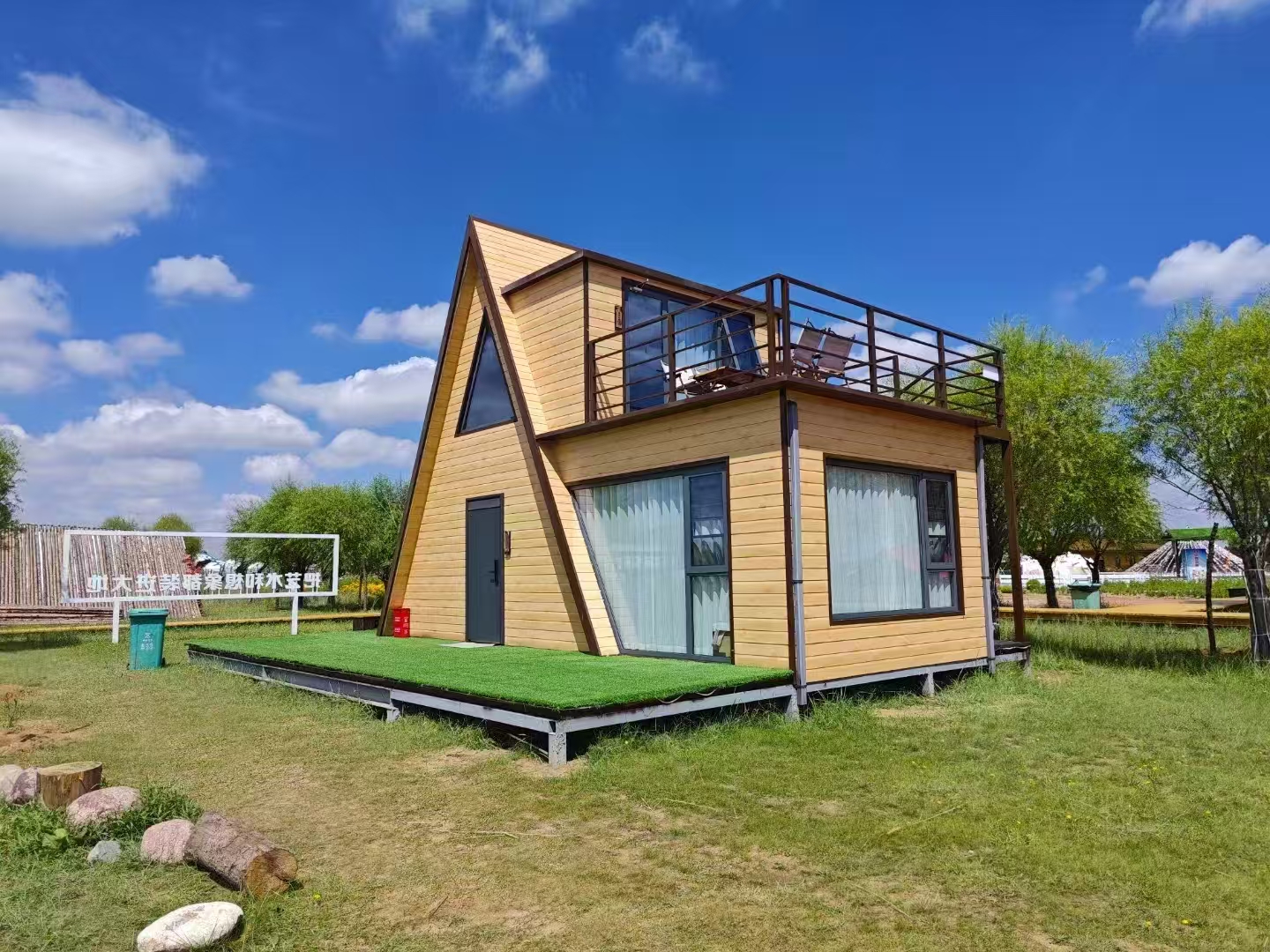Fire Resistance in Prefab Homes: Materials and Safety Standards

Prefab modular homes, built with fire-resistant steel frames, gypsum panels, and modern safety systems, offer superior protection against fires compared to traditional wood-framed houses. By adhering to NFPA standards and integrating optional sprinklers, homeowners can further mitigate risks while enjoying insurance savings and peace of mind.
Fire-Resistant Materials in Modular Construction
Prefab homes leverage advanced materials to enhance fire safety:
-
Galvanized Steel Frames: Non-combustible steel replaces traditional wood framing, eliminating fuel sources for fires.
-
Fire-Rated Wall Panels: Gypsum board with vermiculite cores achieves up to 2-hour fire ratings, slowing flame spread.
-
Insulation: Mineral wool or fire-retardant-treated cellulose resists ignition and reduces smoke toxicity.
How Modular Homes Compare to Wood-Framed Houses
-
Ignition Resistance: Steel frames cannot ignite, unlike wood, which fuels 28% of residential fires (NFPA 2023 report).
-
Structural Integrity: Post-fire inspections show steel-framed modular homes retain 70%+ structural stability vs. 30% for wood.
-
Insurance Benefits: Lower premiums due to reduced fire risk (average 15% savings, per State Farm data).
Certifications and Building Codes
-
NFPA 101 Compliance: Modular homes meet Life Safety Code standards for smoke detection and egress.
-
ASTM E119 Testing: Walls and roofs undergo rigorous fire endurance tests to validate hourly ratings.
-
Local Code Adoption: California’s Title 24 and New York’s Energy Code mandate fire-resistant materials in modular units.
Sprinkler Systems and Integrated Safety
-
Optional Fire Suppression: Pre-installed sprinkler systems align with NFPA 13D for residential use.
-
Smoke & CO Detectors: Hardwired detectors with battery backups are factory-installed in compliance with UL 217.
-
Electrical Safety: Arc-fault circuit interrupters (AFCIs) prevent electrical fires, standard in modular builds.
Case Study: Surviving a Wildfire
A 2022 modular home in Colorado’s wildfire zone demonstrated exceptional resilience:
-
Fire Exposure: Withstood 30 minutes of direct ember bombardment.
-
Damage Assessment: Exterior charring occurred, but steel framing and fire-rated drywall prevented collapse.
-
Rebuild Cost: 40% lower than neighboring wood-frame homes due to salvageable structure.
Limitations and Considerations
-
Cost Trade-Offs: Fire-rated materials add 5–10% to upfront costs but reduce long-term risk.
-
Maintenance Needs: Annual inspections of seals and electrical systems are critical for sustained safety.
-
Roofing Choices: Metal or clay tiles are recommended over asphalt shingles in fire-prone areas.

